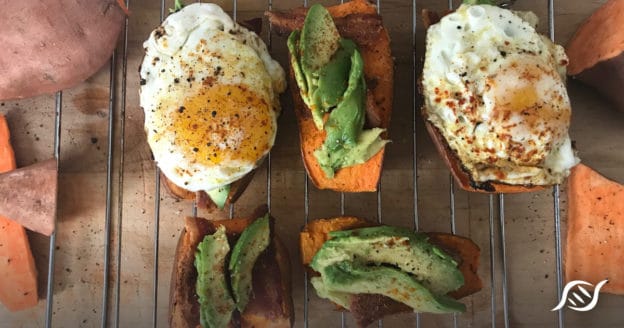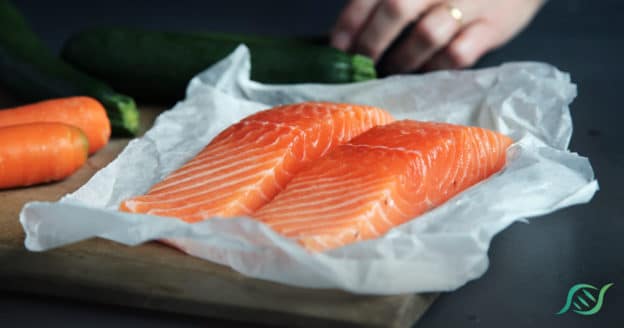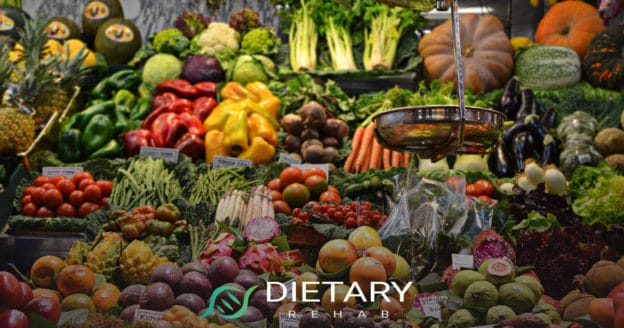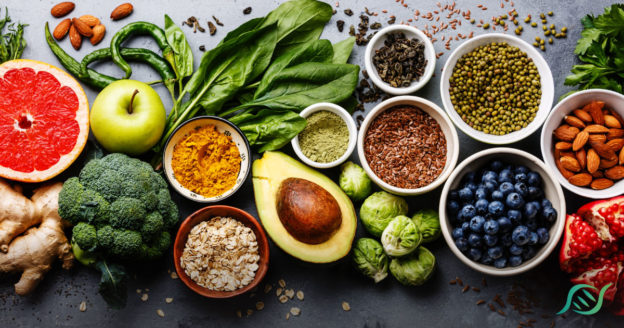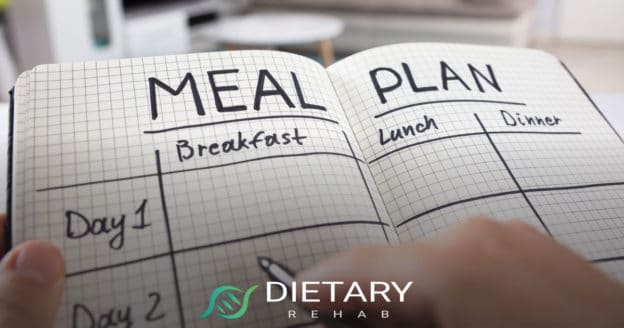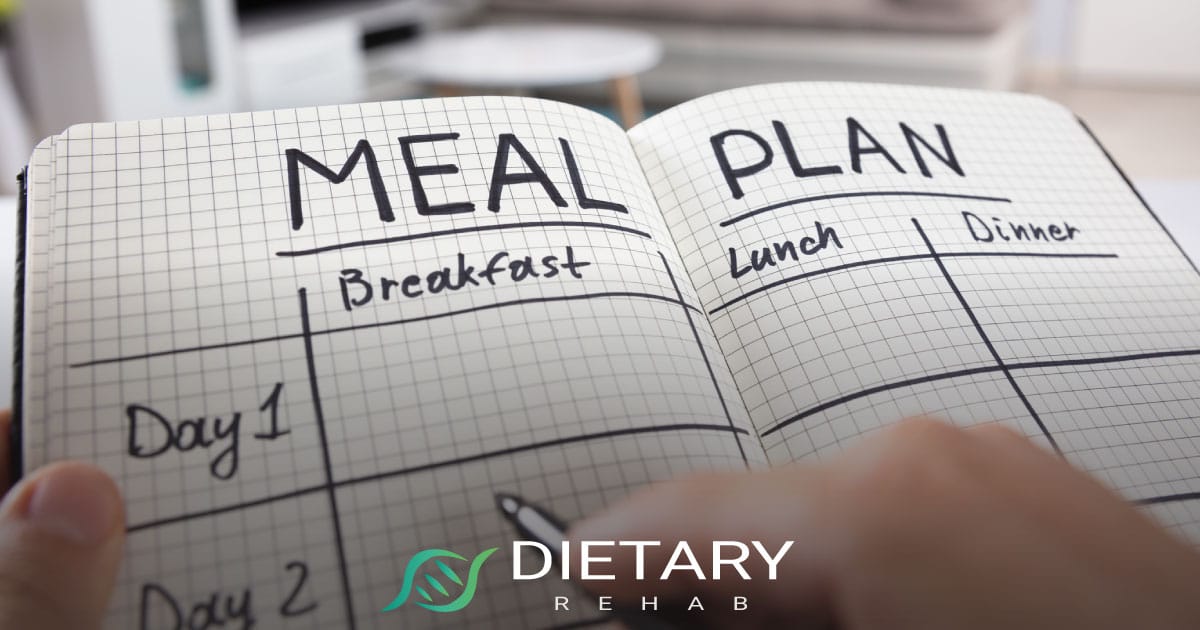
Medicine and dietary science have evolved tremendously over the past century. However, some of the worst diets in history gained traction due to misconceptions about human biology, consumerism, and general misinformation. Looking back at some of the scary fad diets that have taken root in recent history allows us to appreciate how far medical science has advanced, helping us learn from the mistakes of previous generations.
The Evolution Of Dieting
In the early 1900s, medical science was fairly limited. Many Americans faced a relatively low life expectancy. Recovery after injuries and illnesses was difficult then compared to what we can easily treat today. Additionally, the general public was primarily blue-collar workers in rural or small urban areas that relied upon the major news networks to keep them informed about the latest health news. Advertising also became a major industry in the early 1900s as communication technology improved. Some companies started using celebrities to advertise their products and encourage fad diets that had disastrous health consequences for many Americans.
Fad Diets In American History
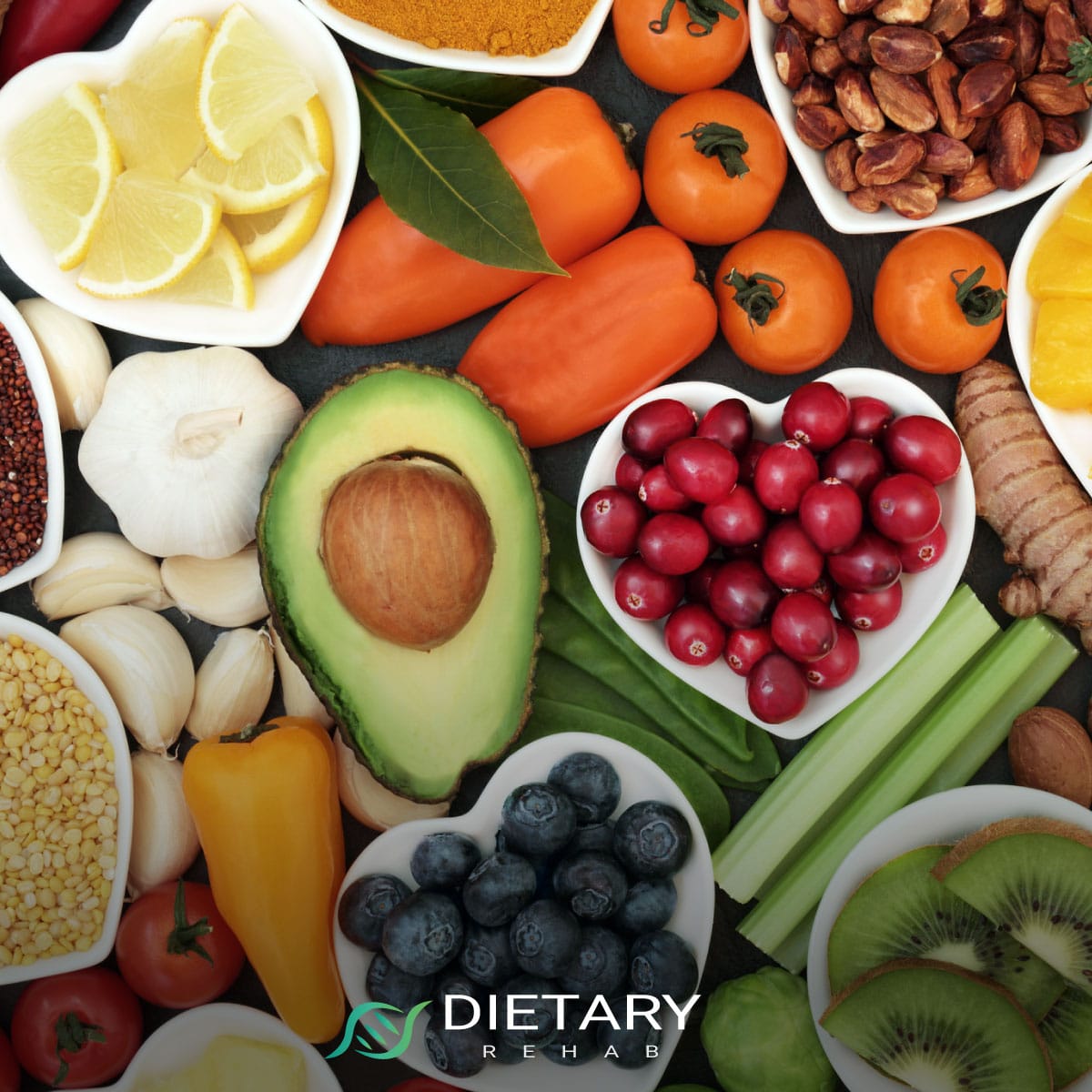 In 1925, cigarette company Lucky Strike started a new campaign with the slogan “Reach for a Lucky instead of a sweet!” This ad aimed to tout nicotine’s appetite-suppressing properties as a way to slim down. During this time, medical researchers still believed that cigarettes offered health benefits and had not linked cigarette smoking to lung cancer. Lucky Strike essentially promoted lung disease as an alternative to gaining weight, and the public was none the wiser.
In 1925, cigarette company Lucky Strike started a new campaign with the slogan “Reach for a Lucky instead of a sweet!” This ad aimed to tout nicotine’s appetite-suppressing properties as a way to slim down. During this time, medical researchers still believed that cigarettes offered health benefits and had not linked cigarette smoking to lung cancer. Lucky Strike essentially promoted lung disease as an alternative to gaining weight, and the public was none the wiser.
The birth of “the Hollywood Diet” occurred in the 1930s, a diet that called for eating low-calorie grapefruit with every meal. Stars reported staying in shape for the big screen thanks to the grapefruit-centric diet but largely continued many other negative practices like excessive alcohol consumption and smoking.
In the 1950s, the cabbage soup diet promised ten to fifteen pounds of weight loss in a single week by sticking to a very restricted diet and eating cabbage soup every day. The 1950s also saw one of the most shocking dietary techniques: opera singer Maria Callas lost 65 pounds thanks to a tapeworm after swallowing a pill packed with parasites.
The year of 1963 saw the founding of Weight Watchers, one of the most popular dieting programs in America that still exists today. The Weight Watchers program revolves around assigning “points” to different foods and sticking within a certain point range per day to lose weight. Weight Watchers is essentially a structured form of portion control.
In 1975, the next big Hollywood diet took root: the Cookie Diet promised weight loss by eating cookies baked with a special blend of amino acids, and many stars touted the plan as a resounding success. A few years later in 1977, Slim Fast hit store shelves for the first time and it continues to be one of the most popular meal replacement products to date.
By 1979, the first major diet pill, Dexatrim, hit American store shelves. This diet pill contained phenylpropanolamine, a compound later discovered in 2000 to increase stroke risk leading to Dexatrim’s formula alteration. In 1985, Harvey and Marilyn Diamond developed their Fit for Life diet plan that prohibited eating protein and complex carbohydrates in the same meal.
In 1992, Robert C. Atkins, M.D. published his Atkins Diet, a diet plan that focused on high protein and low carbohydrate intake that grew immensely popular across the United States. In 1994, new legislation through the Guide to Nutrition Labeling and Education Act required food manufacturers to list all of their ingredients and nutritional information on all food packaging. In 1995, the Zone Diet became the next big Hollywood craze that required eating specific portions of different types of foods. 2003 saw the next iteration of the Atkins Diet in the form of the South Beach Diet, a protein-rich and low-carb diet that was a bit less restrictive than the Atkins Diet.
Success Stories Throughout The Years
The best diets through the years involve portion control; overeating is one of the most common causes of extra weight and obesity. Most people eat too much in a single sitting. Weight Watchers is arguably one of the best diet plans and has more than 50 years of success stories behind it. Singer Jennifer Hudson shocked fans after showing her 80-pound loss thanks to Weight Watchers.
Despite the fact that portion control diets like Weight Watchers have been tremendously successful, one of the most important aspects of nutrition that many Americans overlook is the concept of eating for your age, or adapting your diet as you grow and your body changes.
Eating An Age-Appropriate Diet
During your 20s, it is vital to eat foods rich in iron, calcium, potassium, and folate that encourage healthy adult development and a strong immune response. In your 30s, choline and monounsaturated fats are important for maintaining healthy metabolism and high energy levels. In your 40s, protein and vitamins A and C are crucial to protect your muscle mass and bone density and help ease joints that start to ache. However, there is no one-size-fits-all diet plan for everyone; every person has unique medical concerns that require individual solutions.
In addition to eating for your age, it is also important to develop healthy habits outside of diet. This means incorporating a reasonable amount of exercise into your daily routine and avoiding bad habits like excessive alcohol consumption and smoking. Ultimately, the best diet is one uniquely tailored to your individual health concerns and medical risks.
Dietary Rehab Can Help with Your Nutritional Efforts
If you have tried fad diets in the past and have been unsuccessful or failed at portion control and cutting out bad foods, sometimes a professional hand can offer the push needed to develop the perfect diet plan that offers balanced nutrition. Dietary Rehab is a top notch resource for anyone in need of nutrition advice, diet planning, and individualized wellness tips for specific risk factors and medical conditions. Visit our consulting page to learn more about the services available from Dietary Rehab and start developing your wellness goals today.


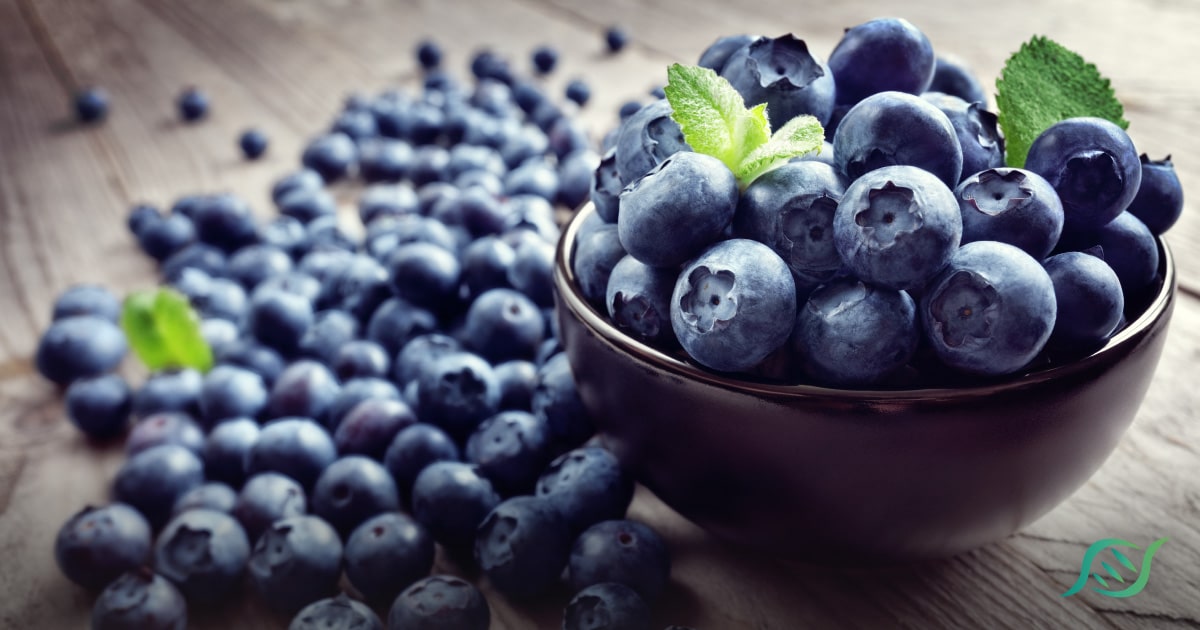
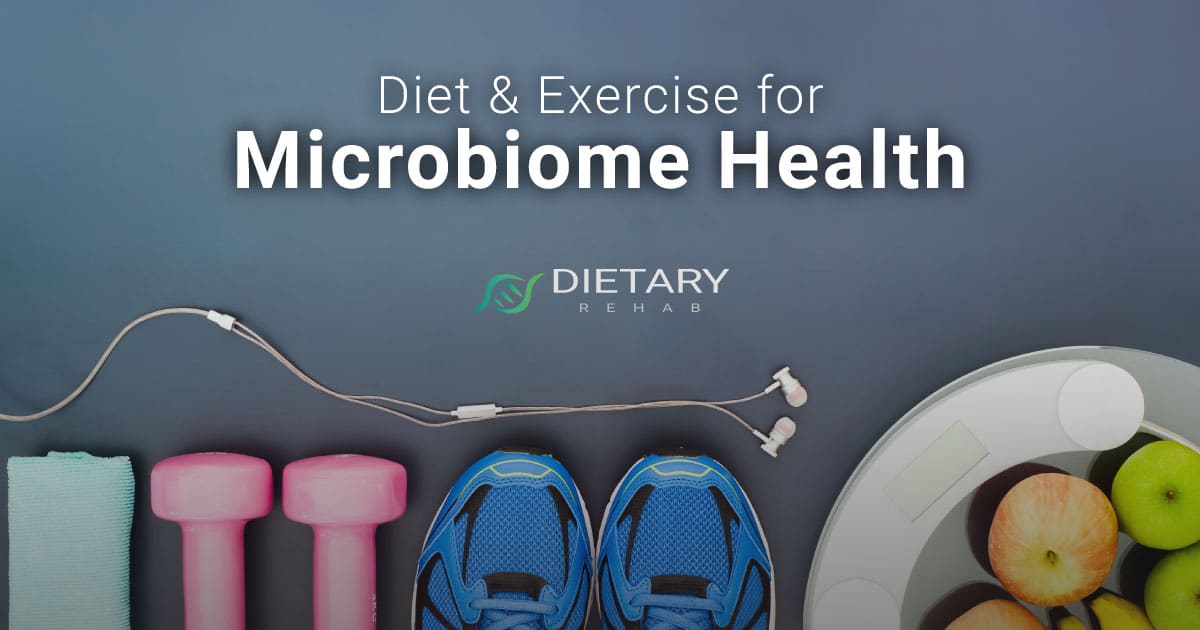
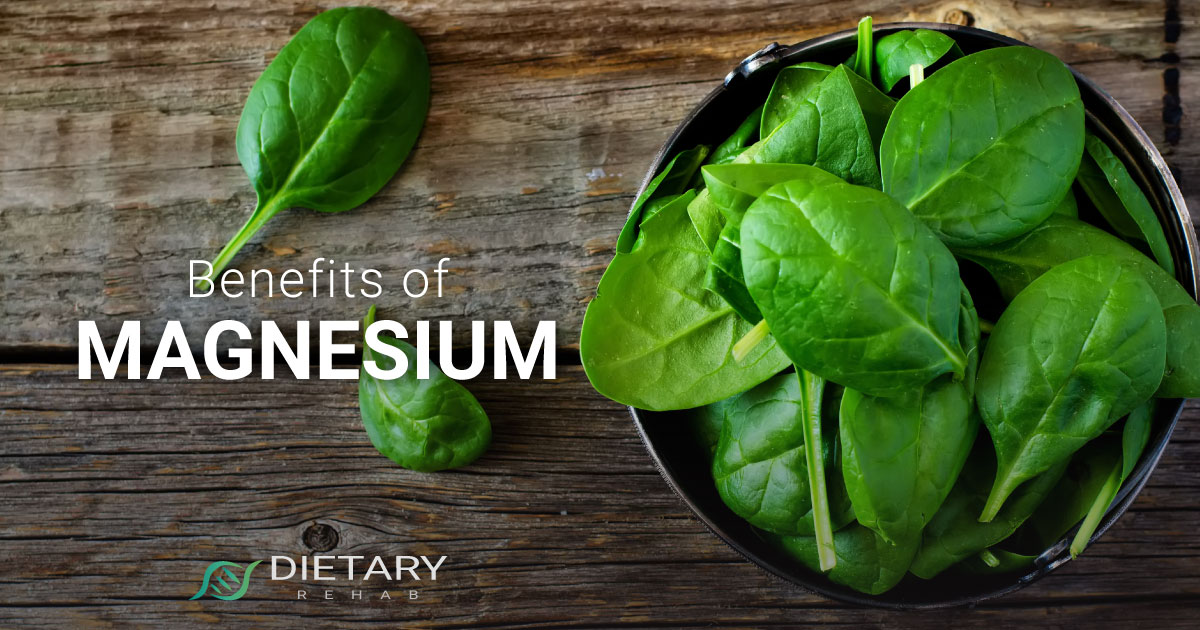
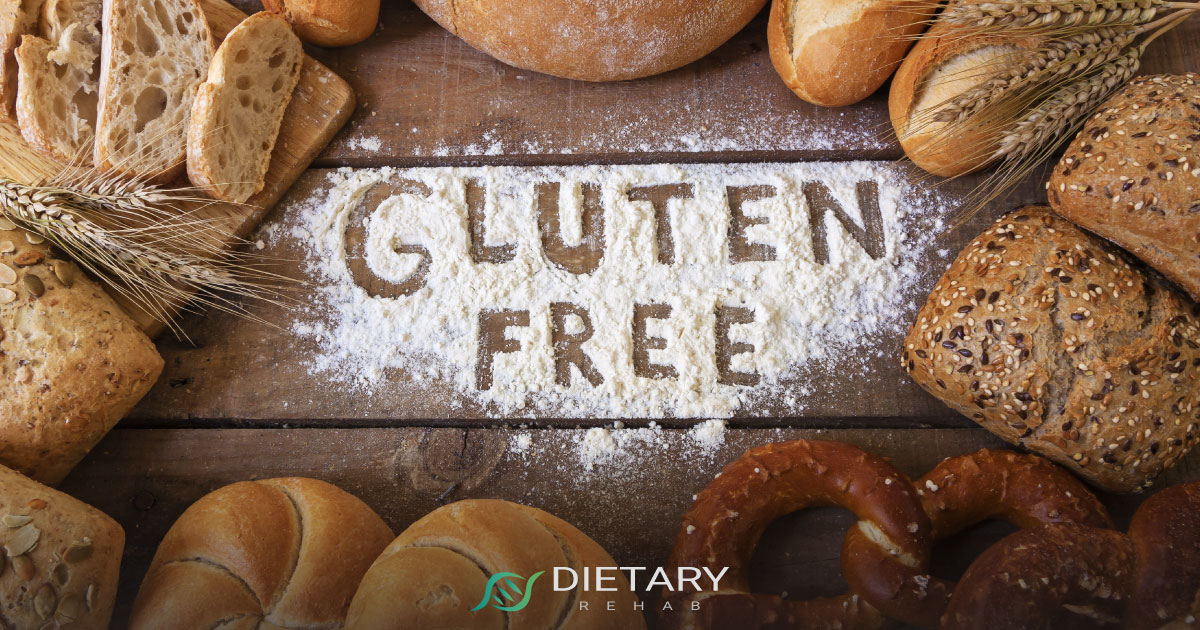
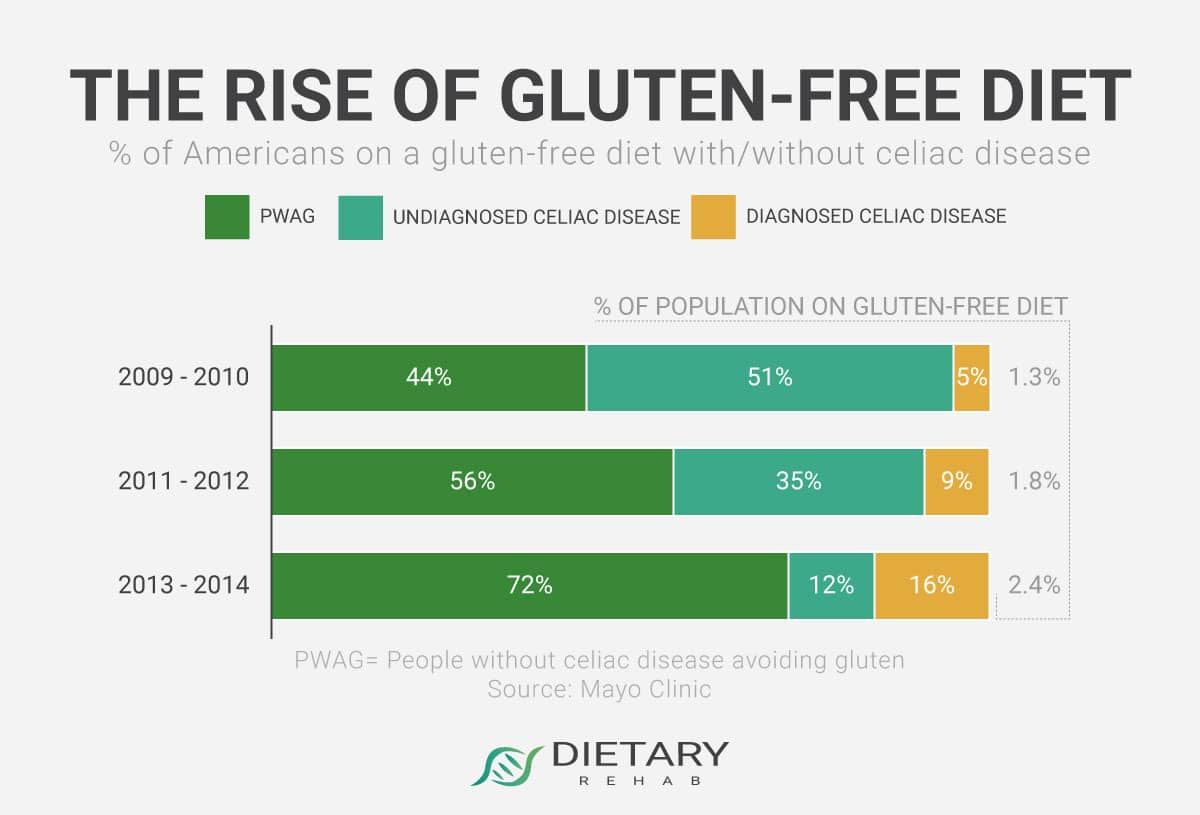
 Finding healthier, easier ways to eat with enjoyment is a favorite American pastime. One of the premier diets getting a whole lot of attention is the Mediterranean diet.
Finding healthier, easier ways to eat with enjoyment is a favorite American pastime. One of the premier diets getting a whole lot of attention is the Mediterranean diet. As the Mediterranean diet, followed in its entirety, creates a big picture mapping out a person’s day-to-day behaviors, committing to this program engages a more holistic lifestyle shift. Other diets, due to their temporary nature, do not support long-term use by the participant, setting up a recipe for failure.
As the Mediterranean diet, followed in its entirety, creates a big picture mapping out a person’s day-to-day behaviors, committing to this program engages a more holistic lifestyle shift. Other diets, due to their temporary nature, do not support long-term use by the participant, setting up a recipe for failure.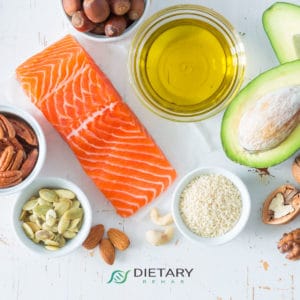
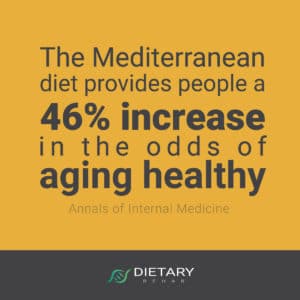 The benefits of living a Mediterranean lifestyle are backed by science. Those who practice this diet regularly realize healthy weight loss while minimizing their risk of heart attack, type 2 diabetes, stroke and early death. In addition, the risk for certain cancers, such as head, neck, prostate and colon, is reduced.
The benefits of living a Mediterranean lifestyle are backed by science. Those who practice this diet regularly realize healthy weight loss while minimizing their risk of heart attack, type 2 diabetes, stroke and early death. In addition, the risk for certain cancers, such as head, neck, prostate and colon, is reduced. To get a taste of how the Mediterranean diet can make a difference in how you feel, try this:
To get a taste of how the Mediterranean diet can make a difference in how you feel, try this: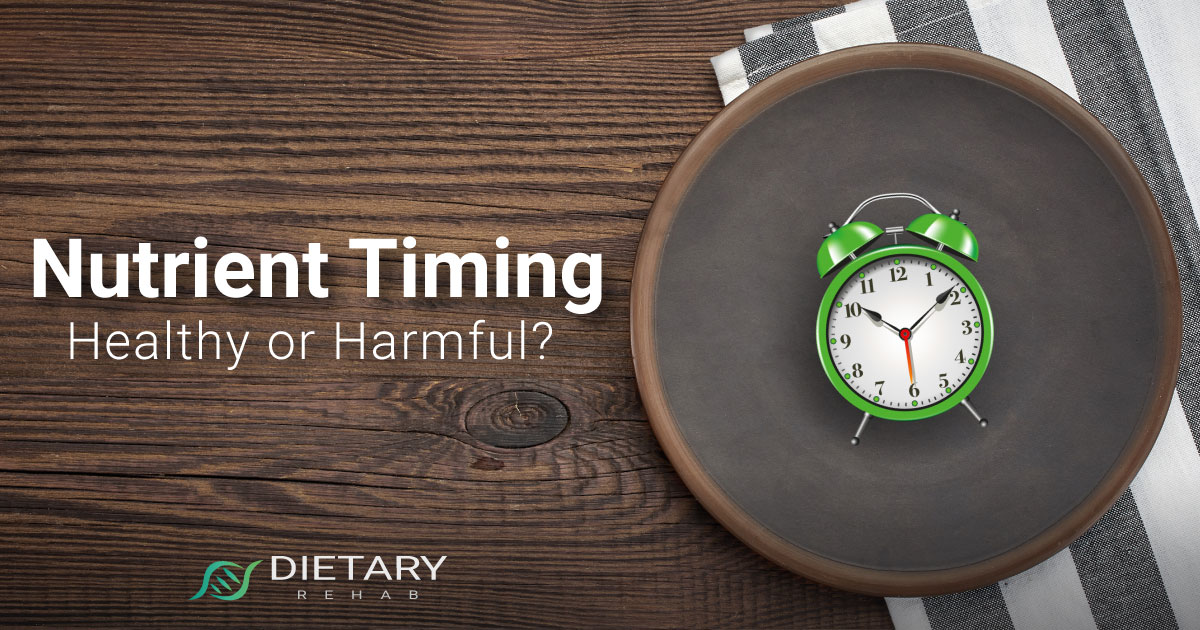
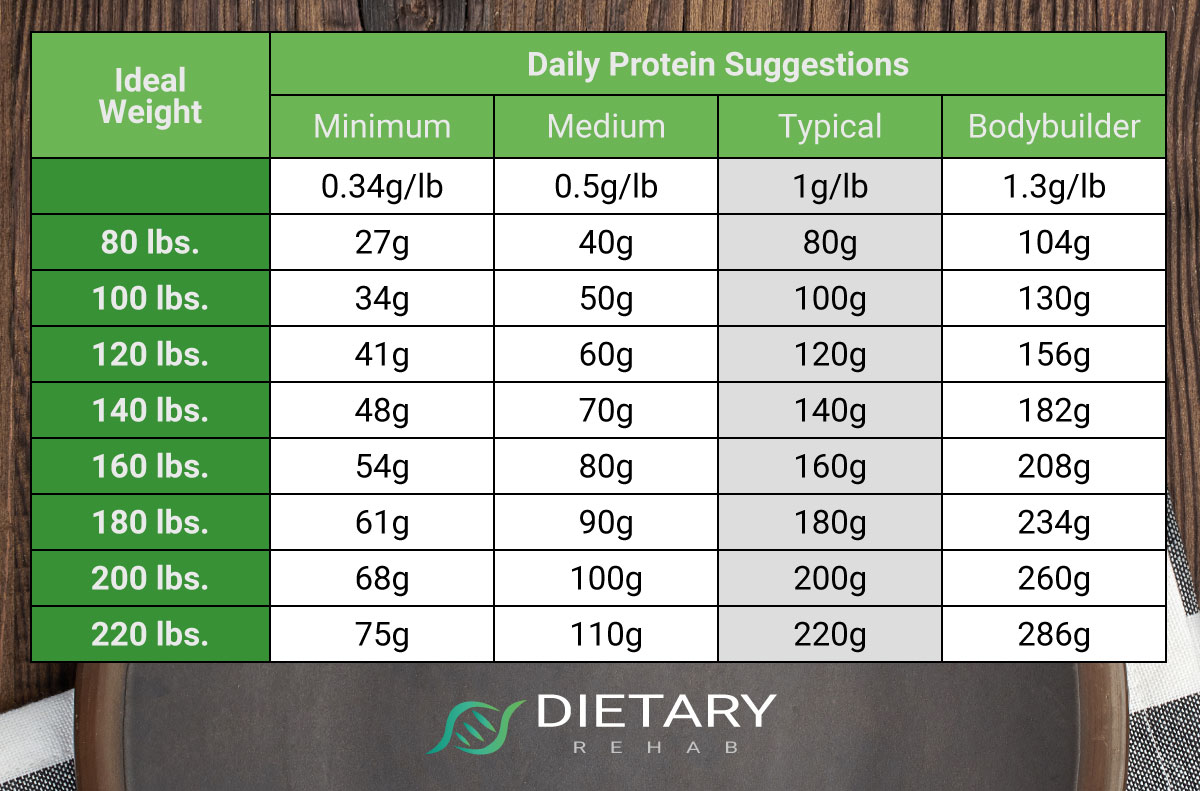
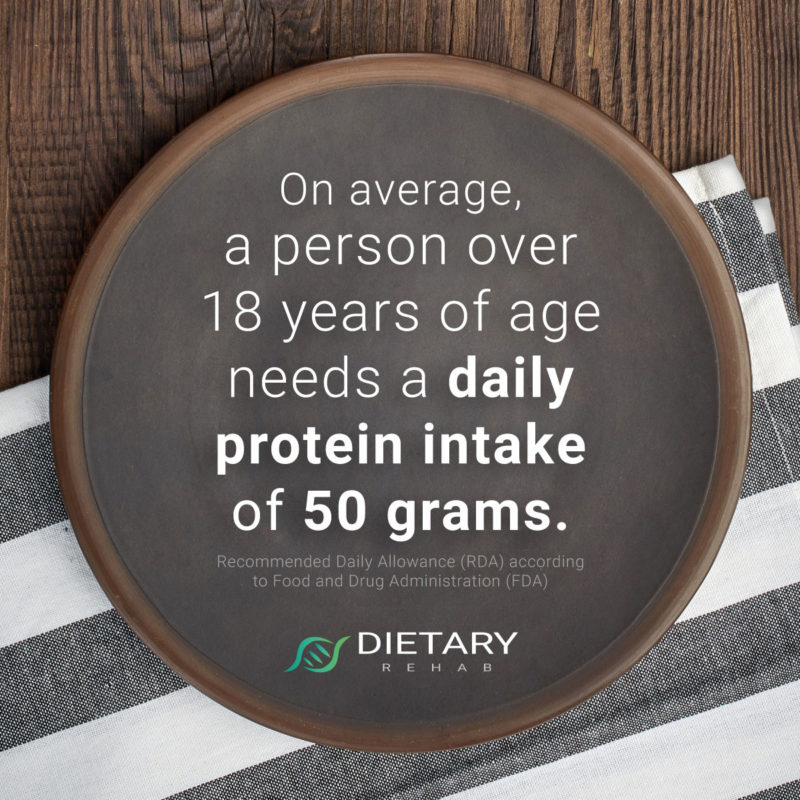 Examine the following when considering entering into a nutrient timing eating plan:
Examine the following when considering entering into a nutrient timing eating plan:
 The “Caveman” approach to eating is far from being some type of fad diet. Early humans ate whole, unprocessed foods – and thrived on them. This way of eating merely takes us back to our (relatively) recent past and offers us the types of food that we would be eating if we were living a simpler and arguably, healthier, lifestyle.
The “Caveman” approach to eating is far from being some type of fad diet. Early humans ate whole, unprocessed foods – and thrived on them. This way of eating merely takes us back to our (relatively) recent past and offers us the types of food that we would be eating if we were living a simpler and arguably, healthier, lifestyle.